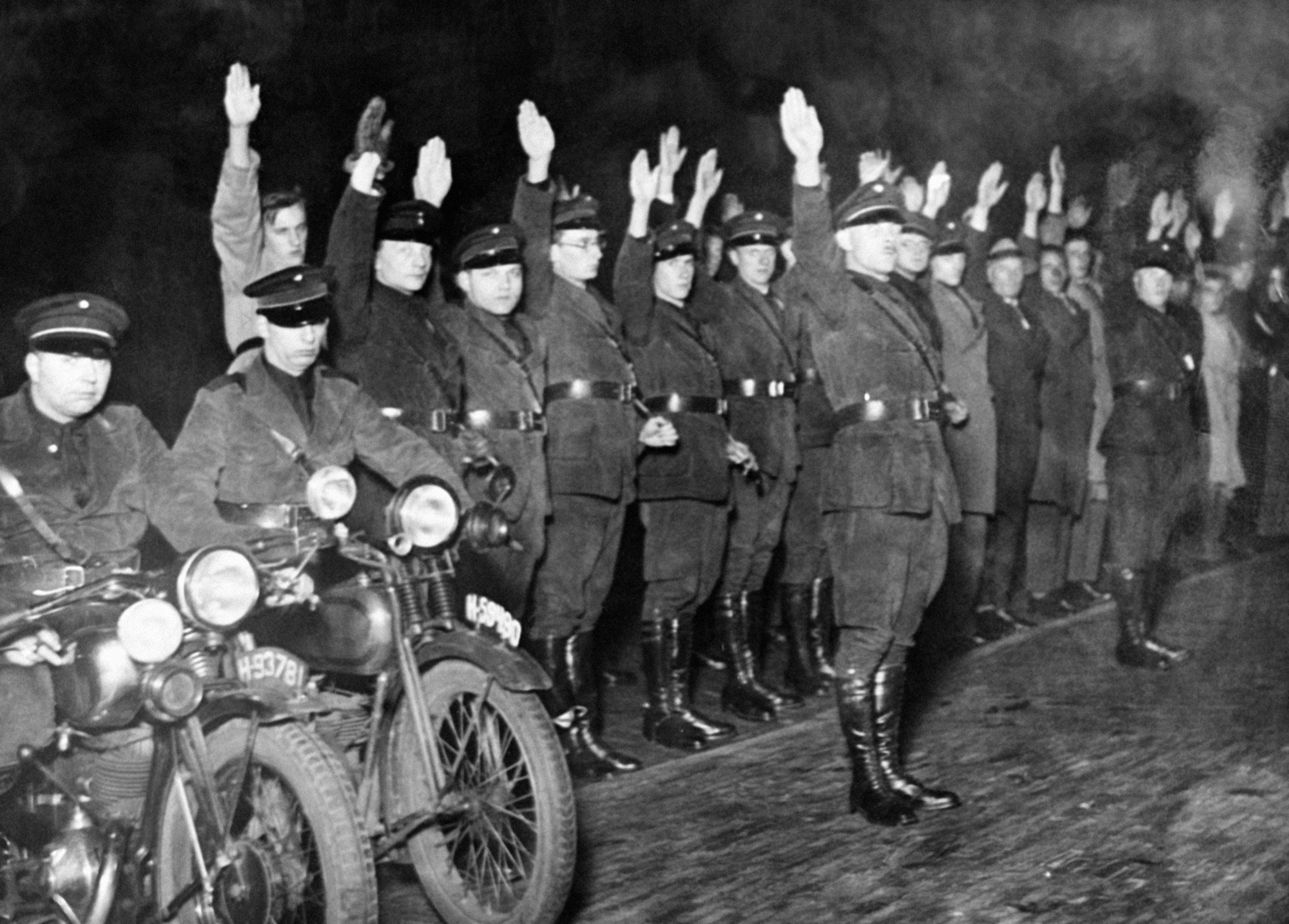
Nazis’ looting of Jewish families’ possessions recalled in Dutch exhibition
- A new exhibition in Amsterdam aims to bring home the personal impact Nazi Germany’s wartime occupation of the Netherlands had on Dutch Jewish families
- Among the items are an artwork with a boot print on the back, and a backpack used in a family’s flight to a chicken coop in which they hid until war was over
A backpack, a boot print on an artwork and a 17th century painting are some of the items featured in a new Amsterdam exhibition with a common theme: they all relate to the 1940-45 Nazi occupation of the Netherlands.
Three of Amsterdam’s museums have collaborated on the exhibition, which opened on May 31, and for the first time shows the personal impact Nazi Germany’s 1940-45 takeover had on the country’s Jewish population.
Visitors to Amsterdam’s National Holocaust Museum and Jewish Museum can experience the story of eight people or families whose lives were irrevocably changed when their belongings were looted, before they themselves had to flee or died in German concentration camps.
Thousands of pieces of art, religious artefacts and other belongings were stolen during the period and returned to the Netherlands after the war, resulting in a decades-long struggle for their rightful owners to reclaim their property.
“These are eight personal stories,” said Mara Lagerweij, a conservator of the nearby Rijksmuseum, which worked together with the Holocaust and Jewish Museums.
“We want to reach two goals with this exhibition: one, we wanted to show that the looting of Jewish objects was systematic, and secondly, how it impacted the lives of people,” she says.

One fascinating story told is that of Max Heppner, the son of German Jewish refugees who decided to leave Germany shortly after Hitler’s regime came to power in 1933.
The Nazis and the war eventually caught up with the Heppners in 1942 and they had to flee Amsterdam and head into hiding, eventually ending up living in a chicken coop in the southern Netherlands.
Heppner’s backpack, which was used during the family’s time in hiding, is exhibited – as well as drawings he made while constantly fearing arrest by the Nazis.
It just shows you what a crazy time that was
“This exhibition shows you just how shallow civilisation is,” Max Heppner, today 90, said while looking at his backpack.
He said the officials coming to confiscate their possessions were not jackbooted Nazis, but “Amsterdam policemen”.
“It just shows you what a crazy time that was,” Heppner said.
Another poignant exhibit is a graphic print, made by Dutch artist Samuel Jessurun de Mesquita – a tutor and friend of the famous Dutch graphic artist M.C. Escher.
The print, titled Evil-speaking Little Women, was salvaged by Escher himself shortly after De Mesquita’s house was looted and the family deported to the Auschwitz death camp.
The artwork still carries the imprint of a jackboot – left there when the De Mesquita household was raided.

As well as Jewish religious artefacts, another piece on display is a work by Dutch Golden Age painter Gerrit Berckheyde.
The 1672 work, titled The Golden Bend, is part of the story of Desi Goudstikker-von Halban’s lifelong struggle to make Dutch authorities return looted Jewish art to their rightful owners after the war.
Before World War II and the Nazi occupation, the Netherlands was home to a vibrant Jewish community of around 140,000 people, mainly concentrated in Amsterdam.
By the time the Holocaust was over, an estimated 75 per cent – 102,000 people – had been murdered.

The Netherlands is still coming to terms with its role in the persecution of Jewish people. .
It opened a Holocaust memorial in Amsterdam in 2021, inscribed with the names of Dutch Jewish people killed during the war.
Earlier this year, Dutch King Willem-Alexander opened the doors to the Holocaust Museum, hoping to raise awareness at a time when the Gaza war has ramped up antisemitism.
Many Dutch citizens, along with the police and railway companies, actively collaborated with the German occupation to round up Jewish people and send them to concentration camps.

.png?itok=arIb17P0)